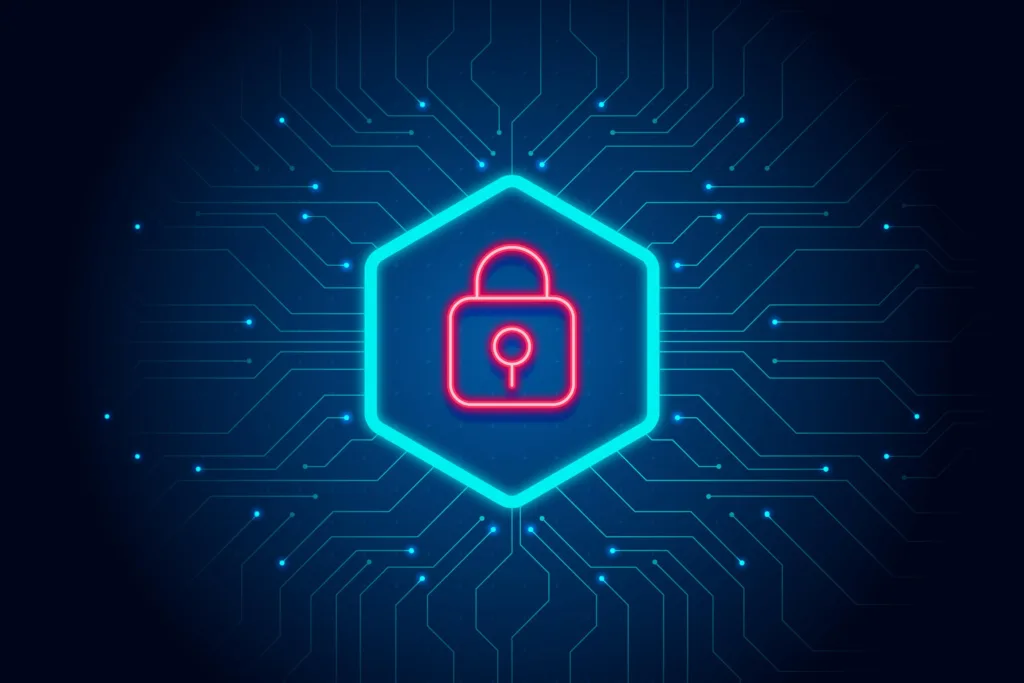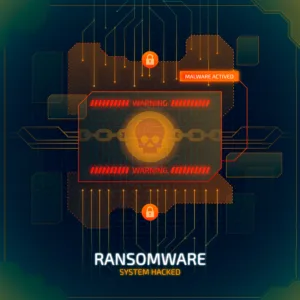
Table of Contents
In the ever-evolving landscape of cybersecurity, where threats are becoming more sophisticated and relentless, the role of Chief Information Security Officers (CISOs) has never been more crucial. As the guardians of an organization’s digital fortress, CISOs are tasked with not only understanding the ever-changing threat landscape but also with finding innovative ways to protect their organizations from cyberattacks.
One of the key strategies in a CISO’s arsenal is cybersecurity automation. In this comprehensive guide, we’ll delve into the why, what, and how of automating cybersecurity processes to elevate your organization’s security posture.
Understanding the Imperative
In an era where cyber threats are omnipresent and ever-evolving, manual approaches to cybersecurity are no longer sufficient. The speed and complexity of modern attacks require a response that is equally rapid and sophisticated.
This is where automation steps in, allowing organizations to respond to threats in real-time, 24/7, without the limitations of human speed and attention.
The Benefits of Cybersecurity Automation
1. Rapid Response Time
One of the most significant advantages of cybersecurity automation is the ability to respond to threats at machine speed. Automated systems can detect, analyze, and mitigate potential threats in a fraction of the time it would take a human analyst. This speed is critical in preventing or minimizing the impact of a cyberattack.
2. Reduced Human Error
Humans are, by nature, prone to errors. In the realm of cybersecurity, a single mistake can lead to a significant security breach. Automation minimizes the risk of human error by executing predefined processes accurately and consistently. This not only enhances security but also allows human security professionals to focus on more complex tasks that require creativity and critical thinking.
3. Cost-Efficiency
While investing in cybersecurity automation technologies may seem like a significant upfront cost, the long-term benefits far outweigh the initial expenses. Automation reduces the need for a large cybersecurity team to manage routine tasks, leading to cost savings in the long run. Additionally, it enables organizations to allocate human resources to tasks that require strategic thinking and problem-solving.
4. Enhanced Scalability
As organizations grow, so does their attack surface. Cybersecurity automation provides scalability by handling an increasing volume of security events without a proportional increase in human resources. This is particularly valuable in today’s dynamic business environment, where rapid expansion or changes in infrastructure are common.
5. Continuous Monitoring
Traditional security measures often involve periodic checks and assessments, leaving organizations vulnerable between these assessments. Cybersecurity automation enables continuous monitoring, ensuring that security measures are in place and effective at all times. This proactive approach is vital in identifying and mitigating potential threats before they escalate.
Implementing Cybersecurity Automation: A Step-by-Step Guide
1. Assess Your Environment
Before implementing cybersecurity automation, it’s crucial to conduct a thorough assessment of your organization’s existing cybersecurity infrastructure. Identify repetitive and time-consuming tasks that can be automated, such as log analysis, threat detection, and routine patch management.
2. Define Clear Objectives
Clearly define your objectives for implementing cybersecurity automation. Whether it’s reducing response times, improving threat detection, or streamlining compliance processes, having well-defined goals will guide your automation strategy.
3. Select the Right Tools
Choosing the right automation tools is a critical step in the process. Consider tools that align with your organization’s needs, integrate seamlessly with existing systems, and provide the flexibility to adapt to future changes in the threat landscape.
4. Establish a Robust Incident Response Plan
Automation should complement, not replace, human decision-making. Develop a comprehensive incident response plan that outlines the roles of both automated systems and human analysts. This collaboration ensures a well-coordinated and effective response to cyber threats.
5. Training and Skill Development
As you integrate cybersecurity automation into your organization, invest in training your cybersecurity team. Ensure they have the necessary skills to manage, monitor, and fine-tune automated systems. This ongoing training is essential to keep pace with the evolving cybersecurity landscape.
6. Monitor and Fine-Tune
Cybersecurity automation is not a one-time implementation; it requires continuous monitoring and fine-tuning. Regularly review the performance of automated processes, update threat intelligence feeds, and make adjustments based on the evolving threat landscape.
7. Collaborate with Peers
Cybersecurity is a collective effort, and collaboration with other organizations can enhance your security posture. Share threat intelligence and best practices with peers in your industry to strengthen the overall cybersecurity ecosystem.
Overcoming Challenges
While the benefits of cybersecurity automation are significant, it’s essential to acknowledge and address potential challenges. These may include integration issues with existing systems, the need for skilled personnel to manage automated processes, and the ever-changing nature of cyber threats.
A proactive and adaptive approach is key to overcoming these challenges and maximizing the advantages of automation.
The Future of Cybersecurity: Human-Machine Collaboration
As we look to the future, the role of CISOs in leveraging cybersecurity automation will become even more critical. The integration of artificial intelligence, machine learning, and advanced analytics will further enhance the capabilities of automated systems. However, it’s important to emphasize that automation should complement human expertise, not replace it.
The human element brings creativity, intuition, and the ability to understand the broader context of security incidents. Cybersecurity automation, when harnessed effectively, allows humans to focus on strategic decision-making, threat hunting, and developing innovative security measures.
In conclusion, automating to elevate is not just a catchphrase; it’s a strategic imperative in the modern cybersecurity landscape. CISOs play a pivotal role in implementing and overseeing cybersecurity automation, ensuring that their organizations stay ahead of the curve in the ongoing battle against cyber threats.
As technology advances and threats evolve, the synergy between human intelligence and machine speed will define the future of cybersecurity. Embrace automation, empower your cybersecurity team, and elevate your organization’s defenses to new heights.
Read more on https://cybertechworld.co.in for insightful cybersecurity related content.



















